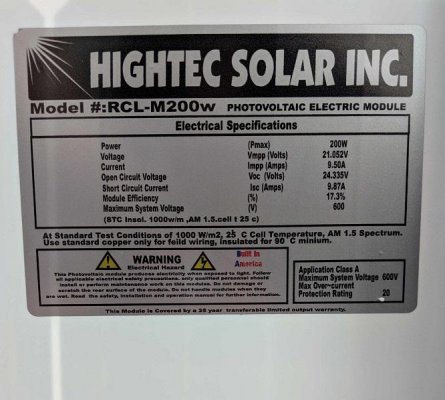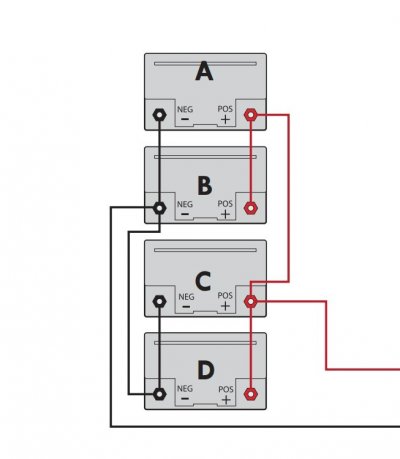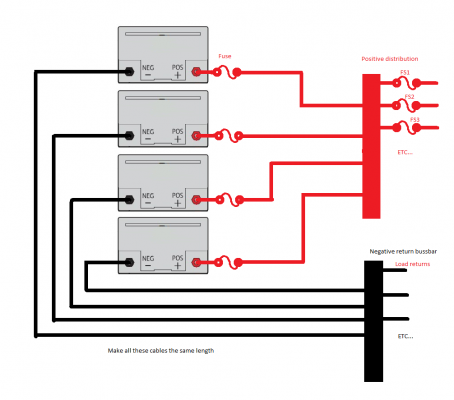A few more thoughts for the OP.
Lithium batteries are MUCH lighter than lead acid. For example; My 10,000 Wh lithium bank weighs 230 lbs and measures 22? X 19?x 10?. I would need fourteen 6V batteries to achieve the same usable capacity. That would weigh approximately 1000 pounds and consume a lot of space. I realize you are not looking at that large of a bank so you'll have to do your own comparison.
Having lived with lithium for nearly two years, I love them. That said, there is no doubt that they are not for everyone. In general, I'd say they are an unnecessary expense for weekenders, occasional users, and full hookup type campers.
PSW inverter is always better (but not necessarily 'required'). Many/Most components will run on MSW but it is certainly not ideal. Choose your inverters carefully, especially if putting one under your bed. IMO, many of them are terribly noisy (the cooling fans). The fans will always(??) come on when the inverter is working hard so no avoiding that.



